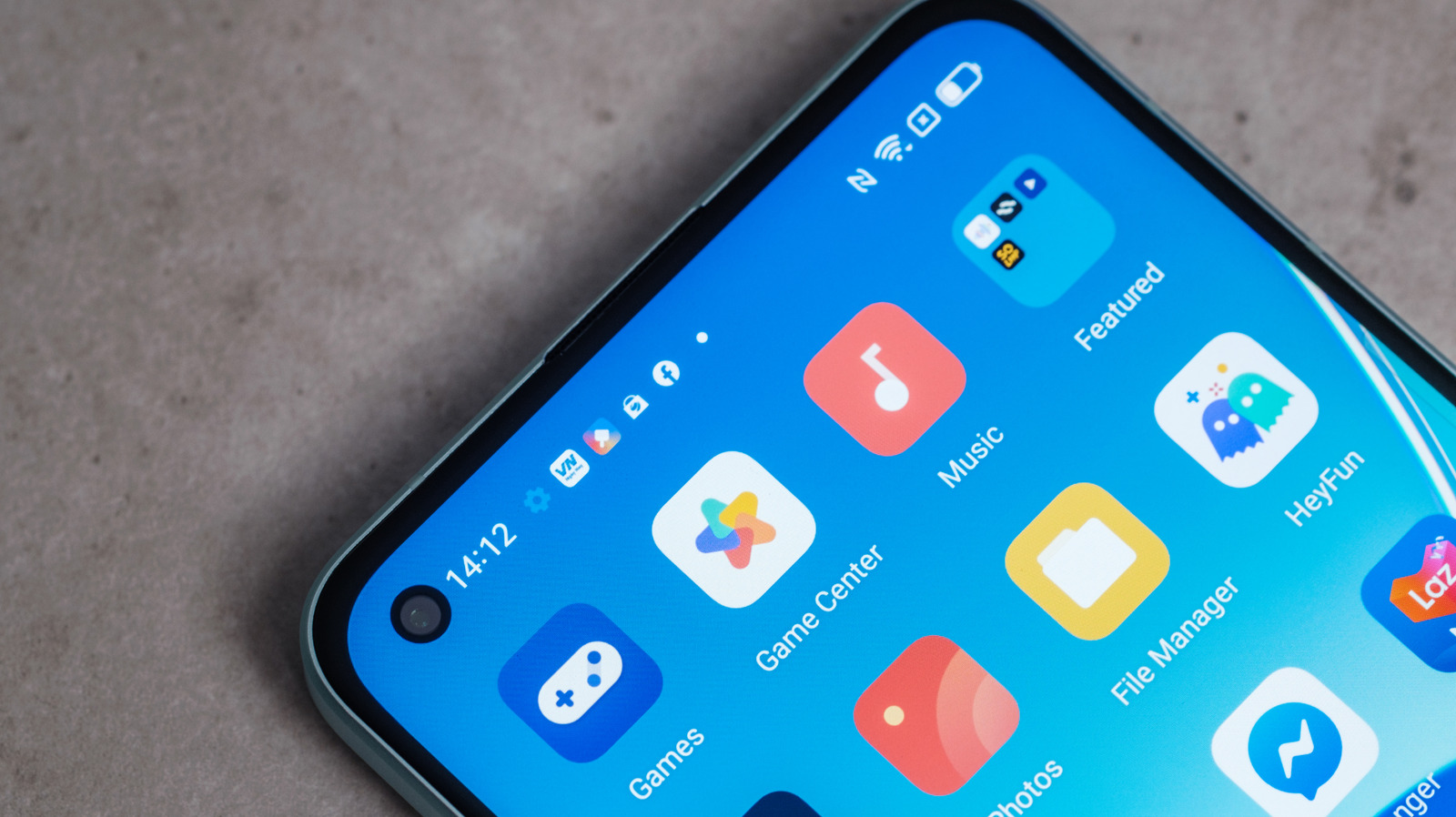Smartphone users generate vast amounts of personal data every day, and much of it is being collected, shared, and sold through apps that seem harmless at first glance. From social media platforms to weather services and casual games, experts warn that many apps go far beyond what’s necessary to function.
Apps are now collecting more than you think
It is no surprise that tech and social media giants like Meta and Google rank among the worst offenders when it comes to user data collection. However, security activists like Thorin Klosowski point out that the problem is not limited to social networks. Weather apps, food delivery services, and free-to-play games often gather detailed information about users, sometimes tracking them across other apps or selling insights to third-party advertisers.
Even everyday tools such as flashlights or unit converter apps can pose risks, especially when there are dozens of alternatives with unclear privacy practices. “Just because an app is free doesn’t mean it comes without a cost,” privacy advocates warn.
How to check what an app collects
Before downloading any app, it’s important to understand how much of your data it will access and what it intends to do with it. Both Apple’s App Store and Google Play Store provide transparency tools that can help users make informed choices.
Apple App Store (App Privacy): Each app includes an App Privacy section that details the categories of data collected such as location, contacts, browsing history, financial information and whether that data is linked to your identity.
Google Play Store (Data Safety): Google’s Data Safety labels explain what data is collected, whether it is shared with third parties, and if encryption or deletion options are available.
Reviewing this section before downloading is one of the easiest ways to understand what an app takes and how it uses the information. For example, Meta’s Messenger discloses that it collects data for advertising, marketing, analytics, and product personalisation, while Signal states that it only requires a phone number for functionality and shares nothing with third parties.
Users can go further by consulting independent resources such as TOS;DR (Terms of Service; Didn’t Read), which breaks down lengthy privacy policies into simple ratings, highlighting what’s considered good, bad or potentially abusive.
Experts suggest that when multiple options exist like for flashlight apps, weather apps, or unit converters, its good to:
- Choose apps that explicitly state they do not sell data.
- Consider paid versions without ads, as these are less likely to rely on aggressive data collection.
- Check if the app has been reviewed by privacy experts or has known alternatives with stronger protections.
Steps to limit data sharing
Users who still want to use data-heavy apps can take steps to reduce exposure. Experts recommend revoking unnecessary permissions, especially location tracking, which can often be replaced with manual inputs like a ZIP code. On iPhones, users can disable app tracking, while Android users have the option to delete their advertising ID, making it harder for companies to link behaviour across platforms.
Privacy-friendly alternatives
For those willing to make the switch, privacy-centric alternatives are a good idea. Search engines like DuckDuckGo, secure messaging services like Signal, and using web versions of services such as Uber Eats instead of apps can reduce exposure.


